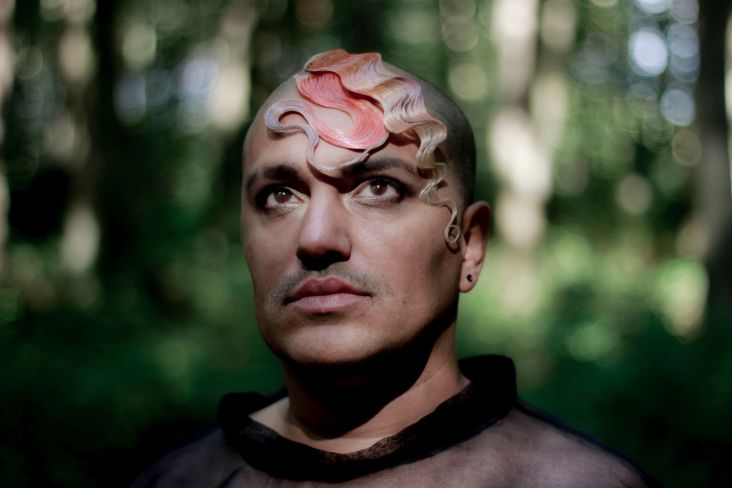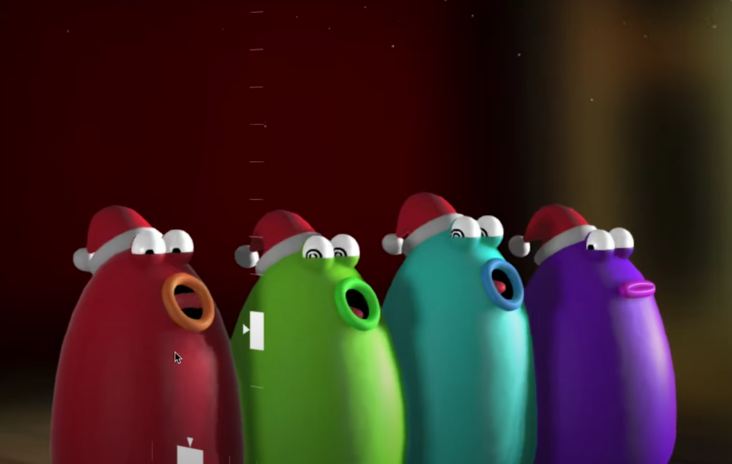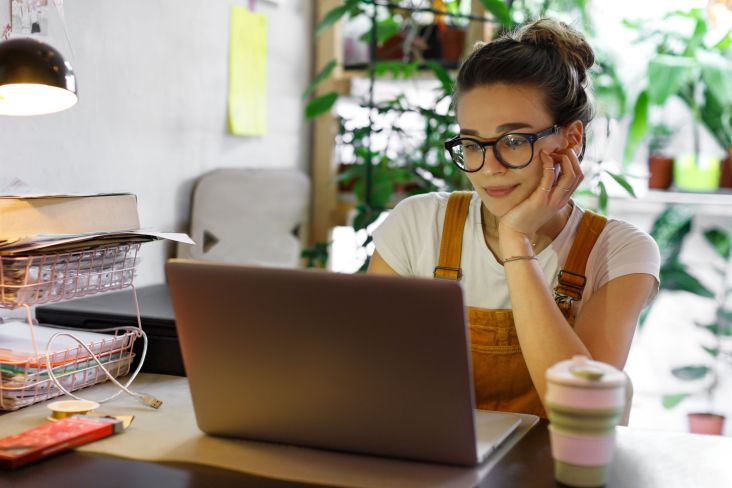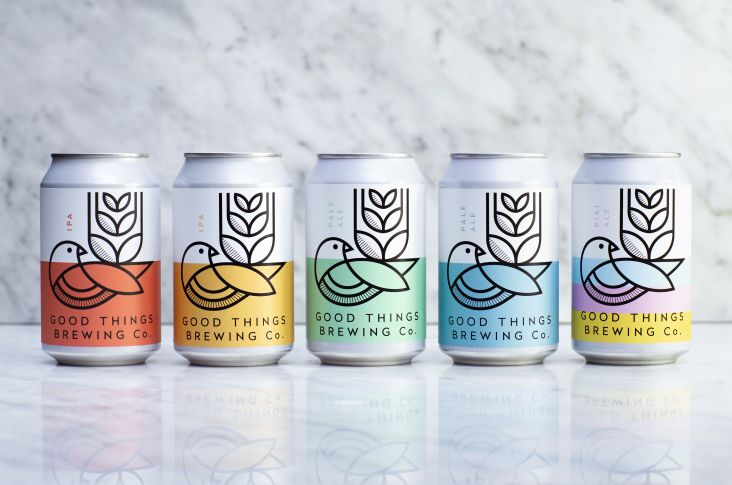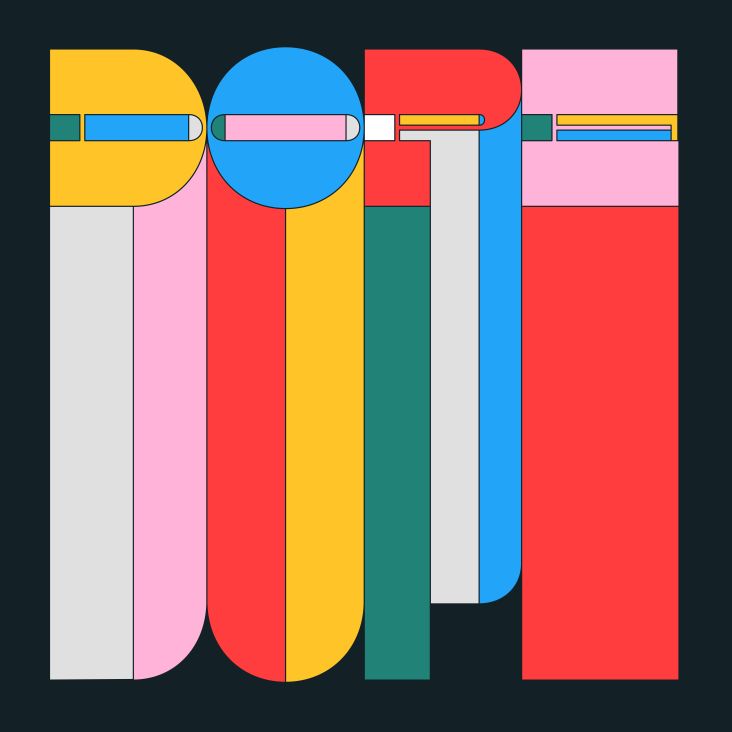The biggest web design trends set to dominate in 2021
No one could have predicted the turbulent events of 2020 and how they would impact every aspect of our waking lives. One of the biggest shifts this year was our rapid and forced push towards a more virtual world, as Editor X explains in a new interactive report.

Editor X's Web Design Trends Report for 2021
That led to some fascinating digital developments as millions adapted to remote working, video conferencing and online services, all while witnessing some of the biggest cultural shifts in modern history. So what can we expect in 2021? We've teamed up with Editor X, the advanced website creation platform for designers and agencies, to peek into the biggest trends in web design in the year ahead.
Its newly launched web design trends report, built entirely on Editor X, is an interactive exploration into the major themes that will dominate the digital design industry over the next 12 months.
If you're a designer or developer, you'll have seen first-hand how quickly Covid-19 changed things and how that translated to websites, apps and digital products: not just with how we communicate, shop or browse the web, but also how we manage our mental health, fight injustices and even how we look after one another in an (increasingly) uncertain world.
We'll share some examples of websites, as curated by Editor X, where the following trends are starting to emerge. And we've asked you, the creative community, to contribute your own predictions on how web design is looking for 2021.
1. Life on screen: Immersive digital experiences are replacing 'IRL'
As the coronavirus puts "normality" on hold, we'll see more of our lives played out on screen. But the digital community will keep us going by creating stimulating, immersive experiences that are almost as good as the real thing. "Robust platforms will blur the boundaries between real and virtual by creating practical experiences," reads the Editor X report. "Like attending a concert or lecture – that are spatial and rich with elaborate visual effects."
A great example of this is Prada's Spring Summer 2021 catwalk show, which moved entirely online without a live audience. It was presented as a video with complementary materials, including a 3D VR experience. Ok, so it's not like sitting on the front row – but how many of us get to experience that anyway?
Deroy Peraza, partner and creative director at Hyperakt also predicts there'll be more personality and quirkiness in website designs with immersive experiences leading the way: "This unexpectedly digital-first year has been a defining moment for websites as platforms to create immersive digital 'worlds' that show unique points of view. Expect to see custom cursors, big and funky type, organic shapes, and ordered chaos along with big flat colour fields, animated transitions, and surprising colour combinations," he says.
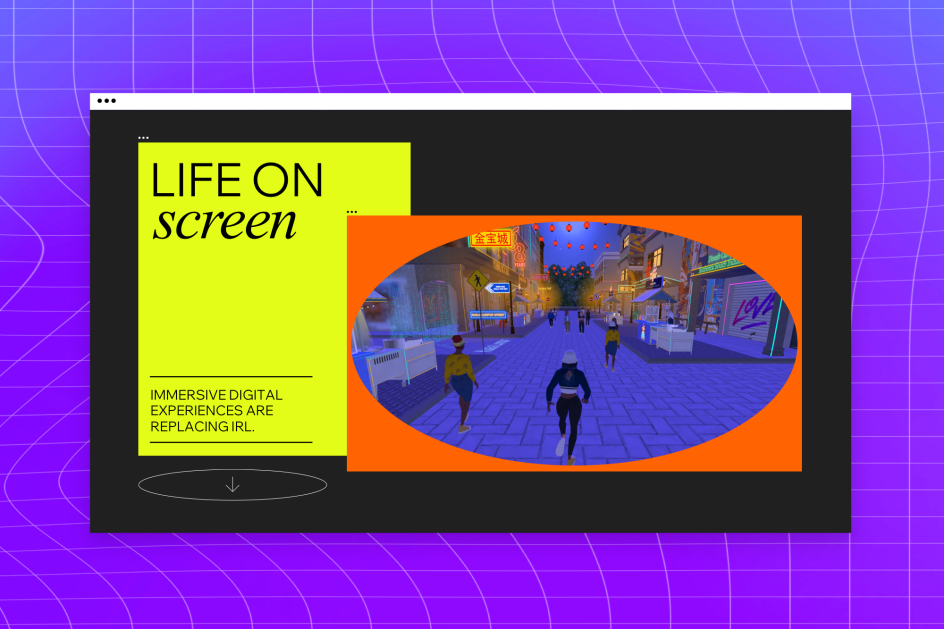
From Editor X's Web Design Trends Report for 2021
2. Your UI, by you: Fully customisable interfaces will reflect users' style and identity
It's been something that's been creeping in over the years, but now we see personalised UI become a regular feature. Editor X predicts that 2021 will see this trend explode with designers creating modular and modifiable assets and interfaces that consider different types of users and how various UI options could benefit them. It's a personalised web experience if you will.
Interfaces are likely to become more unique to each of us, reflecting our tastes, styles, and identities. Of course, this is a wonderful thing as customisable interfaces lead to more inclusive design, too. "Users will be able to tweak interfaces to match their varying needs," says the Editor X report. "From enlarging typefaces to choosing a high-contrast palette for better legibility."
Angela Roche, founder of Manchester's Design By Day believes 2021 will be very much an "access all areas" and that "as the awareness for digital accessibility continues to grow we're going to see more brands taking accessibility seriously". She adds: "Good designers know that accessibility does not come at the expense of visual design."
A recent fun example is Spotify's 2020 Wrapped, where we got to see a personalised overview of our listening habits over the last 12 months. Or perhaps Netflix's artwork personalisation. This year we've also enjoyed having more control of our interfaces with choices like 'light' or 'dark' mode on our devices. Even Facebook and Instagram's instant message now allows us to choose between various colour themes.
London web design studio KOTA agrees that dark coloured themes are a trend on the rise, particularly with applications. "Dark mode is not only elegant and sleek but by reducing blue light exposure it is much better for our vision," says Matt Elmer, digital designer at KOTA. "It helps to reduce headaches and eye strain. Many brands have already started to incorporate this into their websites such as Apple and we expect this trend to flourish in 2021."
3. Design activism: Designers embrace bold, iconic visuals to stand up against injustice
It's been a year of cultural change, and – while we still have some way to go – we're all the better for it. As we've seen on Creative Boom over the last 12 months, designers have thrown their weight behind causes they believe in, creating everything from protest graphics to campaigns calling for racial, environmental, and political justice. In 2021, predicts Editor X, design will keep serving as a tool to educate, empower and raise awareness on these matters.
"The need to convey a powerful, radical message with the hope to effect change will lead designers to create bespoke design assets, such as custom-made typefaces, illustrations and icon sets," reads the Editor X report.
Good Glyphs is a great example of this: it's a dingbat font created by 32 designers with all proceeds going to Doctors Without Borders. There's also Greenlist, a "simple internal tool that empowers companies to start a sustainable office lifestyle while driving change in a way that feels natural". Personally, we've always said design has the power to change the world and we'll see plenty more of this in action next year.
Nick Lewis, creative technologist at Bristol's Fiasco Design believes more websites will resonate with environmental movements, too. "With the climate crisis being ever-present, and the internet playing an even bigger part of the carbon emissions produced in 2020, I believe more designers and developers will take it upon themselves to make their websites more environmentally friendly," he says and points us to Ecover and Bulb as shining examples.
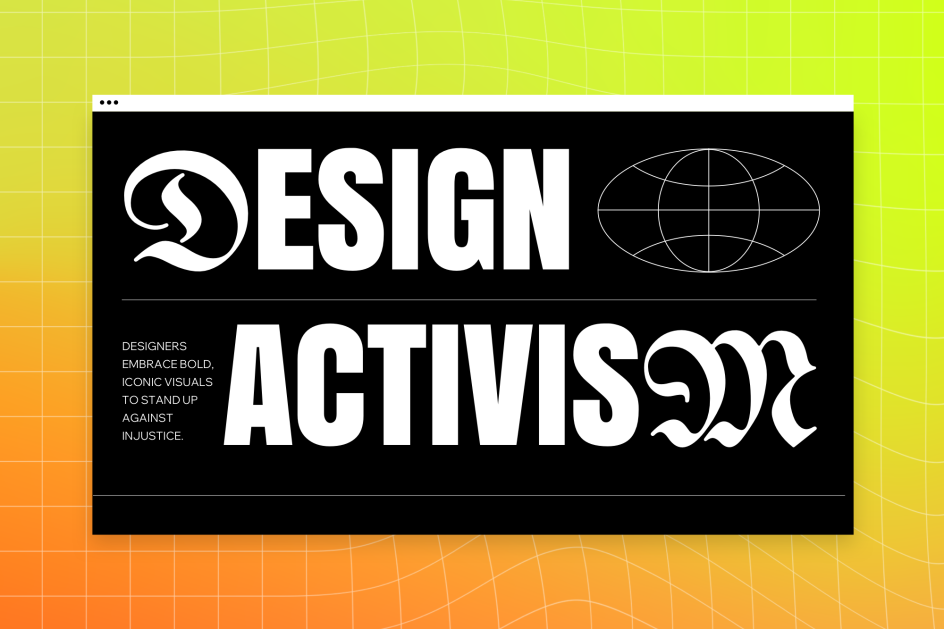
From Editor X's Web Design Trends Report for 2021
4. Happy & healthy: Designers are prioritising healthcare and mental health, adopting a positive visual language
2020 has truly reminded us about the importance of healthcare and why we need to prioritise our mental health, too. So it's no surprise that one of Editor X's forecasts for next year is how we'll address these themes through design. "Covid-19 resulted in a major health crisis, followed by a similar state of emergency in the mental health field," reads the report. "Designers are addressing the severity of these issues by prioritising healthcare and emotional wellness."
We'll see more soft, happy and even funny visuals replacing the familiar "clinical-looking" ones. The use of illustration and vibrant, energetic colour palettes will "send a friendly, positive message to patients who need it", fostering a feeling of optimism and wellbeing.
Recent examples include a neon-orange website design by Studio Freight and Basement Studio for Boost, which is on a mission to make health simple: it offers vitamins for the immune system, helping people to get sick less often. We also love Feels FM, which is an "emoji jukebox" powered by See Me and hopes to address our mental health. And there's SquadEasy that exists to make us happier through more exercise, better nutrition and "full harmony", featuring a vivid green design and a joyful, rotating puppy on its site. Next year is certainly looking brighter.
5. Hope by design: Optimistic visuals paint a picture we can look forward to
Finally, if there's one word we keep hearing and seeing across design and digital platforms, it's 'hope' – a sentiment that we all hold dear for 2021, and it's one that Editor X expects will be a big trend next year. "As we work toward a healthier, more stable society, design will become a source of inspiration and confidence in what's to come," says the Editor X report. "Optimistic visuals of blue skies, open landscapes, and other natural elements will fill our designs with hope and opportunity."
A prominent use of soft, pastel hues or bright, vivid colours is expected to "liven up the monotony of our days" while a rise in "dreamy mesh gradients" (take a look at Zeus Jones' website) and playful typography (like Giggling Monkey Studio's new site) will bring a sense of fun to our screens. "This joyful aesthetic will serve as a reminder that the future if we're so lucky, can definitely look bright," adds Editor X.
Graeme McGowan from Glasgow creative studio Jamhot agrees: "We think the world needs more fun, more playfulness and a touch of humour alongside some interesting points of view that extend beyond pandemic banter. At the end of the day, the only sure prediction for 2021 is that it will not be 2020 – and that for us will do just fine."

Giggling Monkey Studio, an example from the Editor X report
For more insight and inspiration, check out Editor X's full web trends report for 2021.
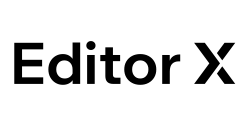




 by Tüpokompanii](https://www.creativeboom.com/upload/articles/58/58684538770fb5b428dc1882f7a732f153500153_732.jpg)

 using <a href="https://www.ohnotype.co/fonts/obviously" target="_blank">Obviously</a> by Oh No Type Co., Art Director, Brand & Creative—Spotify](https://www.creativeboom.com/upload/articles/6e/6ed31eddc26fa563f213fc76d6993dab9231ffe4_732.jpg)









